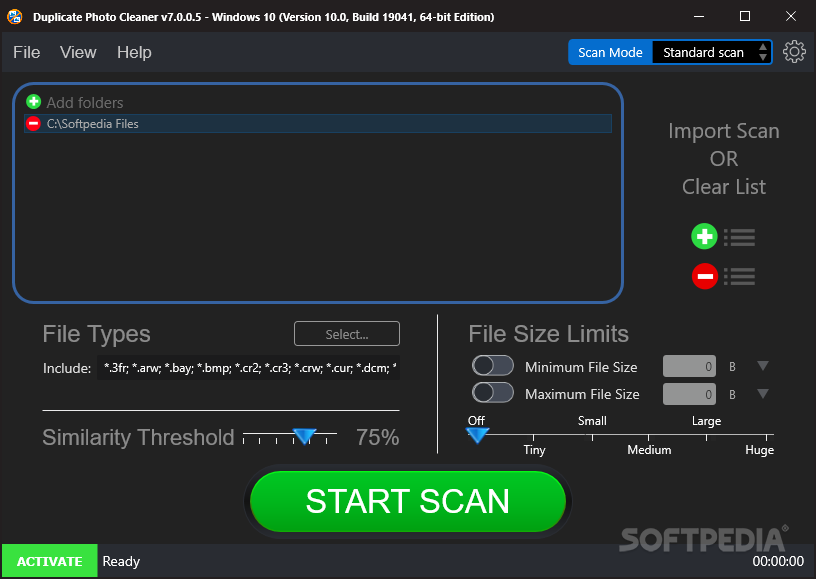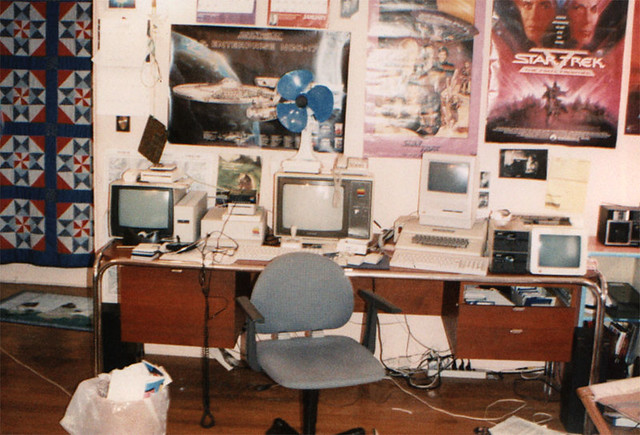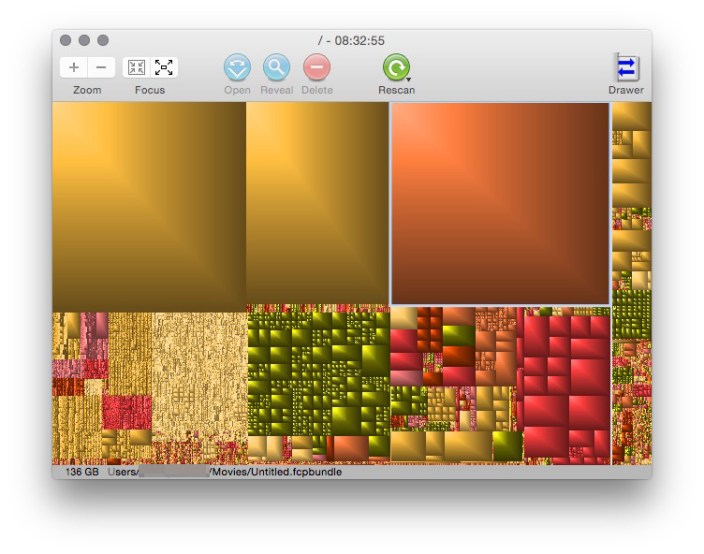Free Mac Hard Drive Cleaner
Why clean your Mac’s hard drive?
'Disk Cleaner is well worth the cost. With just a few clicks, multiple gigabytes of unneeded files can be removed.' #1 Customizable disk cleaner on Mac App Store. The only fully optimized and customizable disk cleaner. Featured on EatAppleNews, Brothersoft, and many more! “It took me 5 seconds to clean up 5GB.”.
- MacBooster Mac Cleaner Software. This Mac cleaner is a utility tool that can clean up 20.
- Ways to free up disk space on a Mac. Before we show you how to clear disk space on your Mac, a word of caution is in order. Hard drive cleaning requires time and, in some cases, expertise. So, when in doubt, use a professional cleaning app. Now, let’s make some room for the files that truly deserve space on your Mac.

The most obvious reason is that you're running out of space on your boot disk. And, while there are many things you can do to free up disk space, including using Apple’s own storage management tools, it’s a good idea to start by getting rid of the junk that’s accumulated and that you don’t need. That way, not only will you free up space, you will also give your Mac a boost and help it run more smoothly.
What are the files that I should clean up?
Most of them are files that are left behind by applications, many of which you probably no longer use, and some of which you may have deleted and thought you’d uninstalled. These include:
Application libraries
Preferences files
Launch agents
Temporary cache files that were never deleted
Log files
In addition, web browsers store files on your Mac, including:
Cookies
Cache files of their own
History
Every email client you use stores attachments you’ve downloaded. You may also have language files on your Mac for languages you don’t need. And we haven’t even touched duplicate folders and outdated backups.
All these files take up space and could slow down your Mac.
Use automated junk detector
There are a number of things you can do by yourself to clean up files on your Mac’s main disk. However, I’ve found that the quickest and easiest way is to use a tool designed specifically for the purpose. There are several available, but I use CleanMyMac X because it has a ton of great features and it’s notarized by Apple. Here’s how to use its System Junk tool to get rid of junk files.
Here you can download a free version of this tool.
Install the latest version of CleanMyMac X.
Follow the instructions on screen to install it and then launch it from your Applications folder.
Click System Junk in the sidebar.
When it’s finished, it will tell you how much junk it has found. You now have two choices: get rid of it all with one click, or review what it’s found. To get rid of it, just press Clean. To find out more, choose Review Details.
In the Review Details view, you can see that everything CleanMyMac has found has a checkmark against it. If you see anything you don’t want to remove, just uncheck the box next to it.
Here is what I was able to find on my Mac:
That’s 6 gigs of very odd technical files that are almost impossible to dig out by yourself.

Tip: CleanMyMac X can also identify and remove Malware, which will also help keep your Mac’s drive clean.
Use Apple’s storage management tools
Apple has realized in recent versions of macOS that users who swap a computer with 1TB hard drive for 128GB or 256GB SSD are going to have issues with storage. And to that end, it has created a storage management tool that recommends ways in which you can save space, and provides options for discovering what’s taking up space and helping you do something about it.
Click on the Apple menu and choose About this Mac.
Select the Storage tab and press the 'Manage’ button.
With Recommendations selected, read through the list and press the button next to any that are relevant to you.
For example, next to Reduce Clutter, press Review Files. You can now organize files in the list by size, or see only those in your Downloads folder or that come from unsupported apps. Or you can choose File Browser to see all your files.
If you see any files you don’t need, press Delete.
Go through the rest of the items on the list in the left of the window and take any action that will clean up your hard drive, like removing image attachments from Messages, or deleting iOS device backups.
Tip: Don’t forget to empty your Trash after you’ve deleted some files.
Uninstall applications
Some apps come with their own uninstallers and where that’s the case, the best way to uninstall them is to use that. However, most applications don’t have such a neat solution. And many of us still think that simply dragging an app’s icon to the Trash will uninstall it. It won’t. Instead, it will leave tens, or even hundreds of files scattered in various folders on your drive, taking up space and possibly causing conflicts later on.
The best way to get rid of applications that don’t have their own uninstaller is to use a general uninstaller, like CleanMyMac X. It’s not the only uninstaller around, but it’s the one I prefer to use, because it’s quick, easy to use, and has lots of other functions, too.
Open a new Finder window and click Go (in the top menu).
Choose Applications
You may start by deleting your duplicate apps (see my screenshot)
Once again, you can drag your unwanted apps to the Trash. That’s good but it leaves behind leftovers as many Mac users know.
Luckily, if you’ve downloaded and installed CleanMyMac X (see above), it’s easy to uninstall all apps and their remainders completely.
Launch CleanMyMac X — download the app here (Apple-notarized version)
Choose Uninstaller in the sidebar.
Locate the app you want to uninstall in CleanMyMac’s main window (Tip, you can narrow down you search by clicking on the name of a developer in the middle window or category).
Check the box next to the app or apps you want to uninstall (you can uninstall multiple apps simultaneously) and press Uninstall.
 Tip
TipFree Mac Hard Drive Cleaner
 : If an app is misbehaving but you want to keep it around, you can click on the dropdown menu next to its name, labelled ‘Uninstall’ and choose Reset. The press the Reset button. That will return the app to the state it was in when it was first installed and should fix any problems.
: If an app is misbehaving but you want to keep it around, you can click on the dropdown menu next to its name, labelled ‘Uninstall’ and choose Reset. The press the Reset button. That will return the app to the state it was in when it was first installed and should fix any problems.
Remove user account you don’t need
If you’ve had your Mac for a few years, you may have set up multiple user accounts. Perhaps a friend or family member also used the Mac, or maybe you set up one user account for work and one for leisure. Whatever the reason, if there are user accounts on your Mac that you no longer need, getting rid of them will help clean up your Mac’s hard drive.
Click on the Apple menu and choose System Preferences.
Select Users & Groups.
Click the padlock and type in your admin password.
Select the user you want to remove and press the ‘-‘ button.
Choose Delete the home folder to get rid of it and free up space. Or Save the home folder as a disk image to keep it. Remember to copy the disk image to another location on an external disk and delete it from your boot drive afterwards.
Press Delete User.
The user account and all the files in the home folder of that account will now be deleted – unless you chose to keep the home folder. The great thing about this tip is that each user account contains much more data than you may realise, since each has its own Library folder with possibly thousands of files in it.
More ideas to free up hard drive space:
- Move your Photos to Photos.Google.com — it offers almost limitless storage and there is a Mac version of Google Photos you can download.
- Get a duplicate finder app for Mac (Gemini 2 is a good pick) — duplicates can be extremely large.
- Find large unwanted media — use the Space Lens tool.
Discover your largest folders — build a visual map of your drive
In addition to the thousands of smaller files taking up space on your Mac’s hard drive, it’s likely that there are a number of very large folders and in some old files you don’t need access to regularly. Moving large files to a different location, like an external hard drive can free up lots of space very quickly, while archiving old files will also clean up your Mac’s hard drive without causing any inconvenience.
You could track down these files manually, by using the Finder to create a smart search based on file size or creation date, but CleanMyMac X has a tool called Space Lens that allows you to do it very quickly and easily.
Choose Space Lens in CleanMyMac's sidebar.
Press Scan.
You will see in the right hand window, files listed according to their size.
Cleaner For Imac
Your Mac’s hard drive can become cluttered with files once you’ve been using it for a while, and, as well as taking up space, these files can slow down your Mac and cause performance issues. Fortunately, it’s easy to clean up your Mac, by following the steps above. And it’s even easier if you use CleanMyMac X to help.